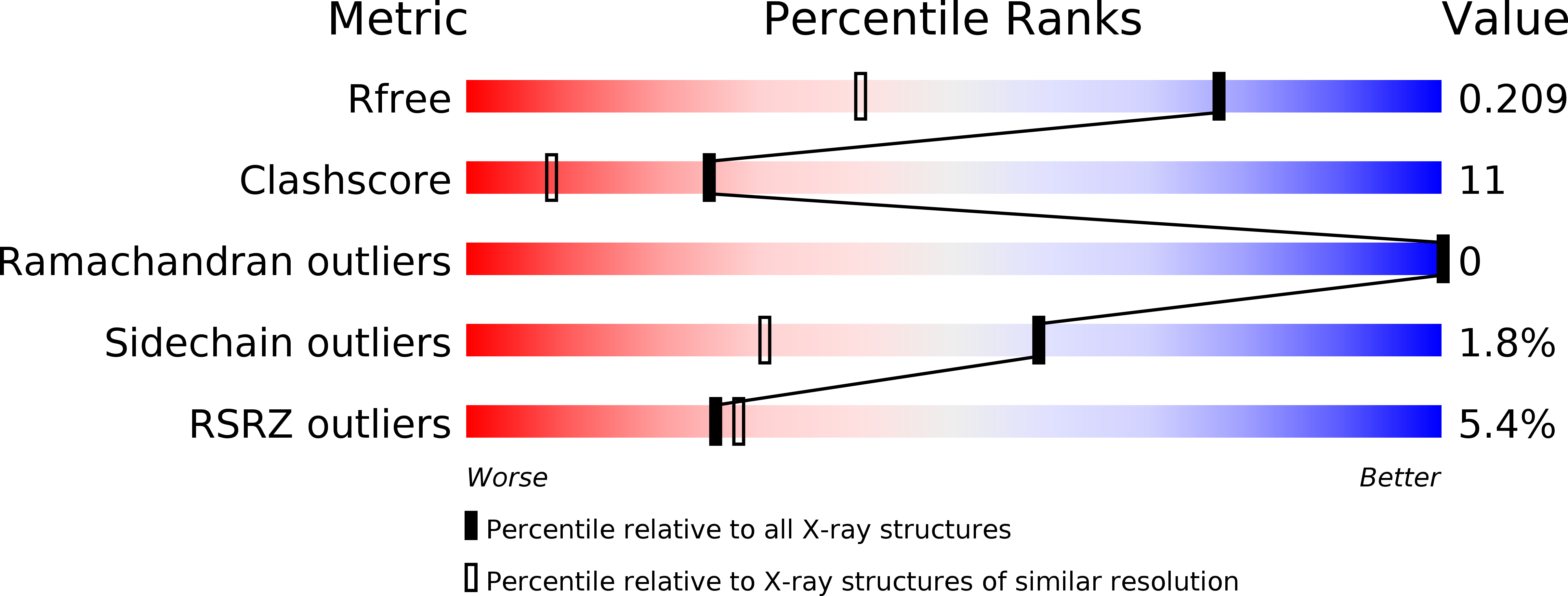
Deposition Date
2005-09-02
Release Date
2006-01-03
Last Version Date
2023-08-23
Entry Detail
PDB ID:
2AX2
Keywords:
Title:
Production and X-ray crystallographic analysis of fully deuterated human carbonic anhydrase II
Biological Source:
Source Organism:
Homo sapiens (Taxon ID: 9606)
Host Organism:
Method Details:
Experimental Method:
Resolution:
1.50 Å
R-Value Free:
0.20
R-Value Work:
0.19
Space Group:
P 1 21 1


